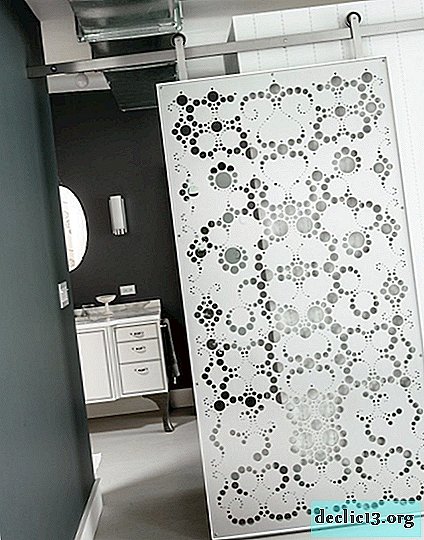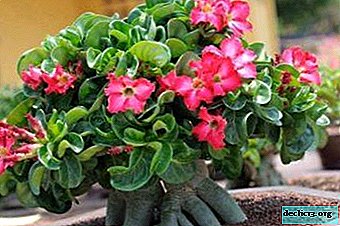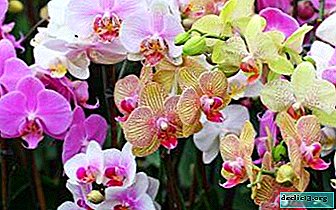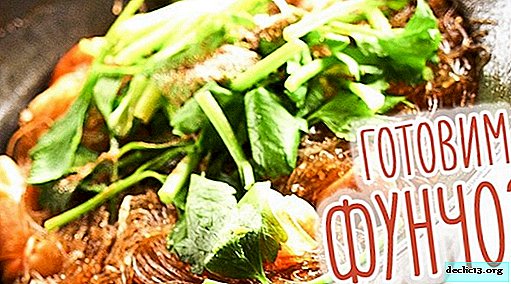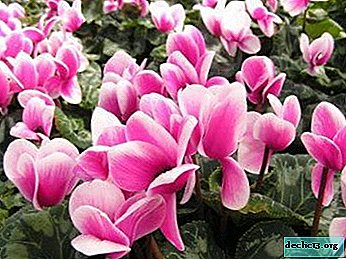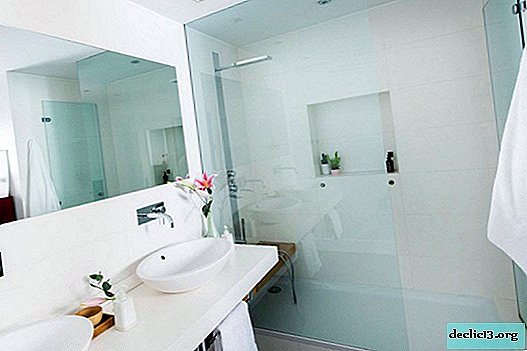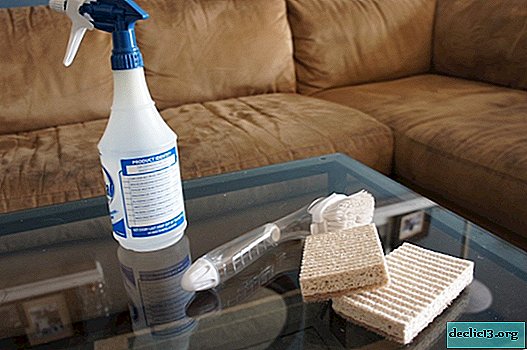Features of propagation of geranium leaf
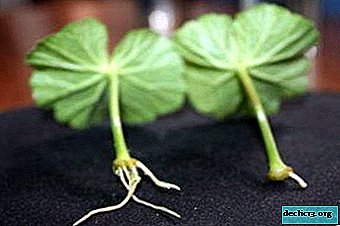
In recent years, many gardeners have come to love indoor geraniums. She is unpretentious in leaving and easy to breed. There are many ways to propagate geraniums at home.
Indoor geranium, or as it is also called - pelargonium, like most other flowers, propagates in two main ways: using seeds, and vegetatively (by cuttings or dividing the bush). In this article, we carefully consider the method of cultivation of geranium "leaf".
What is pelargonium?
Indoor geranium is a very common home flower today, which is loved all over the world. With proper care, it can bloom almost all year round with large bright inflorescences. Room geraniums are easy to care for and propagate.
Reference! There are countless types and varieties of geraniums, so you can make a beautiful and fragrant collection on your windowsill.How to propagate?
Cuttings
Geranium is often propagated by cuttings. This allows you to save all varietal properties of the mother plant. The main condition here is to maintain a constant high temperature and access to daylight. If the daylight is not so long, we recommend using additional lighting, for example, phyto lamps.
 In the case of cuttings, you can take a leaf stalk. So we can grow geranium, as they say in the people "from the leaf." Next, we consider this method in more detail.
In the case of cuttings, you can take a leaf stalk. So we can grow geranium, as they say in the people "from the leaf." Next, we consider this method in more detail.
Propagation by cuttings in spring or autumn is logical and correct to combine with the planned and necessary pruning of the plant. The first cuttings are harvested during spring trimming of the upper and lateral shoots, and the subsequent ones, when, during shaping, overgrown bushes, shortening too long shoots. If the bush of home geranium is grown by the method of cuttings, the roots will grow without problems during propagation.
You can learn more about propagation of geranium by cuttings here, and in more detail about how easy it is to root geranium, you can find out in this material.
Seeds
Propagation of geranium seeds is not as popular as other methods. This method allows you to get a plant with completely new properties: coloring flowers and leaves. But it is considered more troublesome.
Attention! The soil must necessarily contain humus and sand, possibly peat, and be loose. It is better to start sowing seeds in early March. If you sow earlier, you will have to provide additional lighting with fluorescent lamps.Before laying seeds, it is better to treat the ground with disinfectants, as a prophylaxis against disease damage. When planting, it is enough to sprinkle the seeds with a small amount of earth, and create a greenhouse effect by covering it with a film or special covers that come with containers.
You can find out more about how to grow geranium from seeds at home and care after that here, and in more detail about how geranium seeds generally look and how to collect them, can be found in this material.
Dividing the bush
Geranium is conveniently propagated by partial division of the bush during the planned transplant. After, for example, when it was dug up in the fall for transplanting from a garden to a room or when changing a pot to a larger one, it's time to carefully separate the overgrown bushes into several separate parts.
Is it possible to grow from a leaf: features
As we already understood, geranium perfectly reproduces in a vegetative way. One of them may be leaf propagation.
You can vegetate geranium vegetatively throughout the year, however, it is best to do this in springbecause the length of daylight increases and a new plant has time to give you more shoots. Consider the intricacies of growing from a leaf.
Preplanting in water
Carefully inspect the bush and choose a healthy leaf with a tight cut. A well-sharpened knife or scissors cut it at an acute angle. Now put it in a container of water. Keep the leaf in the water until the first roots appear.
Pot selection
The pot should be picked up small, as in a large pot the geranium will give new shoots, but will not bloom. The material from which the pot is made does not matter. Pay attention to the presence of drainage holes at the bottom. They are required, since geraniums, originally from South Africa, do not like excess moisture.
Soil requirements
 Indoor geraniums are not demanding on the soil, but still there are some recommendations. Geranium loves loose enough ground. Land for a flower can be purchased at a flower shop, any substrate for flowering indoor plants is suitable. Specialists, as a rule, use universal soil, and enrich it with fertilizers and other necessary impurities.
Indoor geraniums are not demanding on the soil, but still there are some recommendations. Geranium loves loose enough ground. Land for a flower can be purchased at a flower shop, any substrate for flowering indoor plants is suitable. Specialists, as a rule, use universal soil, and enrich it with fertilizers and other necessary impurities.
Washed river sand, vermiculite and perlite should be added to the substrate. When choosing a universal land, you need to make sure that there is no different kind of mold of insects. Still, such soil should not clump into a lump. The composition of the soil must include peatThen your plant will develop and grow well. The assortment of stores also includes specialized soils for geraniums.
Soil treatment
Before planting a leaf with roots in the ground, it is necessary to disinfect the ground in order to avoid plant diseases at an early stage. The soil can be calcined in a frying pan, in a microwave oven or oven. But you can go the other way, spilling the earth in a pot with a weak solution of potassium permanganate.
Landing
We begin the procedure with the correct filling of the container with contents. We lay out the drainage layer at the bottom of the pot: it can be brick chips, small pieces of polystyrene foam or expanded clay. Next, put a layer of soil. The earth should be slightly moistened so that young roots take root faster.
We make a small depression and put a leaf there. All actions must be extremely careful so as not to damage the young fragile roots. It is not necessary to close with banks and bags.
Home care and watering scheme
The first watering of a new plant should be done no earlier than 10 days after planting. Next, the irrigation mode habitual for all geraniums is built: no more than 1 time for 4-5 days. The first fertilizer of a young plant from a leaf should be produced no earlier than after 1 month.
Advice! Pelargonium is fed with a special fertilizer for geraniums, and if it is not, then with the usual universal. During the period when the plant is blooming, choose liquid fertilizers, mineral ones with a low nitrogen content.Useful video
We watch a video on whether it is possible to propagate geranium leaves:
Conclusion
So, the propagation of geraniums using the leaf is common and effective. If you follow all the recommendations of specialists on the propagation of geranium leaf, as well as some rules of care, you will definitely be able to grow strong and healthy plants in a fairly short time.


